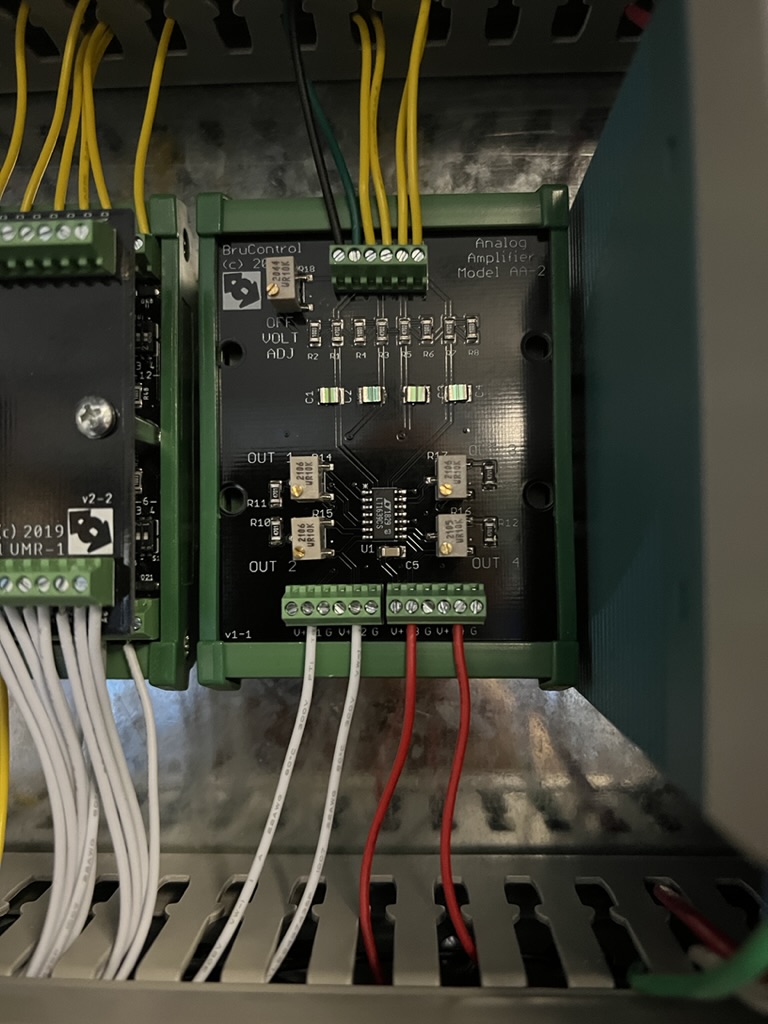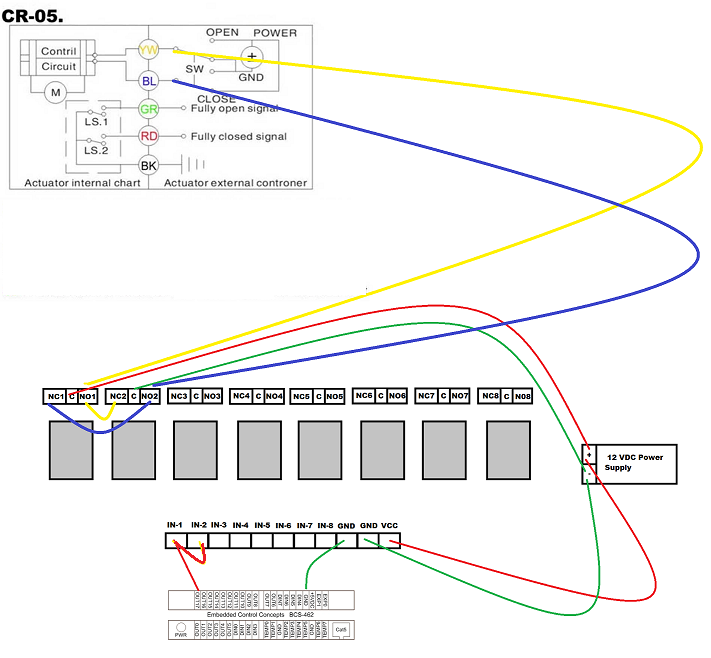- Joined
- Oct 25, 2008
- Messages
- 146
- Reaction score
- 22
A couple of questions:
I bought some IFM flowmeters off ebay. For 4-20mA output, is anyone using something like this for voltage conversion, or just a simple resistor solution?
https://www.amazon.com/Ximimark-Con...1641916320&sprefix=current+to+,aps,143&sr=8-2
Second question, what size sightglass works for monitoring wort clarity while recirculating and oxygenating?
I bought some IFM flowmeters off ebay. For 4-20mA output, is anyone using something like this for voltage conversion, or just a simple resistor solution?
https://www.amazon.com/Ximimark-Con...1641916320&sprefix=current+to+,aps,143&sr=8-2
Second question, what size sightglass works for monitoring wort clarity while recirculating and oxygenating?



























![Craft A Brew - Safale BE-256 Yeast - Fermentis - Belgian Ale Dry Yeast - For Belgian & Strong Ales - Ingredients for Home Brewing - Beer Making Supplies - [3 Pack]](https://m.media-amazon.com/images/I/51bcKEwQmWL._SL500_.jpg)
































